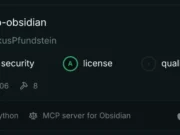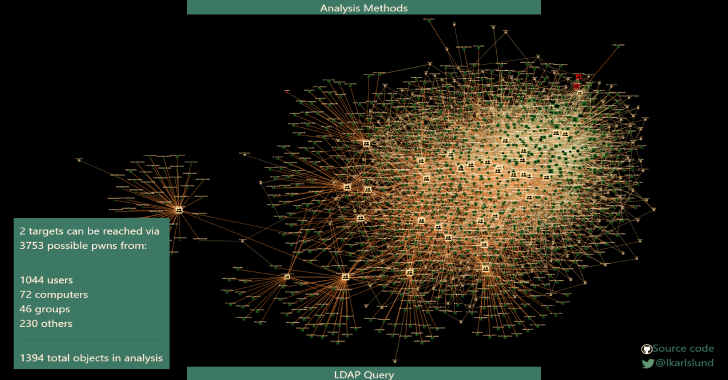Have you ever come across a picture on the internet and wondered where it came from or who is in it? If yes, you are not alone. Millions of users, cybersecurity professionals, and digital investigators often ask the same question: how do I do reverse image search to find where a photo appears online.
Reverse image search is one of the most useful techniques for verifying images, identifying fake profiles, and tracing original image sources. Whether you are an ethical hacker, OSINT researcher, or simply curious, this tutorial will walk you through everything you need to know about performing a reverse image search using the best online tools.
What is Reverse Image Search?
Reverse image search is a method that allows you to search the web using an image instead of typing words. Instead of entering a keyword like “sunset on a mountain,” you can upload a picture of that scene, and the search engine will show visually similar images or websites where it appears.
This method uses advanced image recognition and pattern detection algorithms. It helps in situations like:
- Finding the original source of an image.
- Detecting stolen or fake profile photos.
- Tracking copyright misuse of your pictures.
- Verifying viral or news images.
- Conducting OSINT (Open Source Intelligence) investigations.
So, if you are asking yourself how do I do reverse image search, the answer is simple: use the right tools and follow the steps below.
Step-by-Step Guide to Reverse Image Search
Below is a detailed guide with multiple tools, including Google, Yandex, Bing, PimEyes, and ExifTool for Linux users. You can use these methods on any platform such as Windows, Linux, Android, or iOS.
How to Use Google for Image Search
Google Images is the most popular and beginner-friendly reverse image search tool.
Steps:
Go to Google Image Search
Click the camera icon inside the search bar

Choose Upload an image or Paste image URL

Google will show similar photos and websites where that image appears

Pro Tip:
Use the Tools > Time option to filter by date. It helps you track when an image first appeared online.
Image Sample:
Image credit used above [By Photograph by Oren Jack Turner]
Using Yandex for Face Recognition and Advanced Search
If your goal is to identify a person or find more photos of someone, Yandex Images is extremely powerful.
Yandex has one of the best facial recognition engines available online.
Visit Yandex
Click on the camera icon and upload your photo
Wait a few seconds while Yandex scans its database
You’ll see matching faces and related profiles

PimEyes – A Dedicated Face Search Engine
If you’ve ever wondered how do I do reverse image search for faces only, then PimEyes is built for you.
This tool focuses entirely on facial recognition and can locate where a particular face appears online.
Go to PimEye
Upload a clear image of a face
Wait while PimEyes scans the web for matching faces
Review the search results (some may appear blurred in the free version)

Bing Visual Search – Microsoft’s Reverse Image Finder
Bing Visual Search uses AI to identify not just people, but also products, locations, and text inside photos.
It’s especially helpful for eCommerce, object recognition, or verifying viral images.
Go to Bing Visual Search
Upload your image or paste a link
Bing will show visually similar results and related pages

TinEye – The Classic Reverse Image Search Engine
TinEye specializes in finding exact matches rather than similar visuals.
It’s widely used by journalists and photographers to verify where an image first appeared.
Visit TinEye
Upload your image or enter the image URL
TinEye will list all instances of that image across the web

ExifTool – Extract Hidden Metadata on Kali Linux
For Linux users and cybersecurity professionals, ExifTool is essential.
It helps you inspect an image’s hidden data (metadata) before uploading it anywhere.
Installation:
sudo apt install exiftoolCommand Example:
exiftool image.jpgYou’ll get information like:
- GPS coordinates (location where photo was taken)
- Camera model and lens type
- Date and time of capture
Top Tools for Reverse Image Searching Online
| Tool Name | Purpose | Platform |
|---|---|---|
| Google Images | General image search | Web |
| Yandex Images | Face search and OSINT | Web |
| PimEyes | Dedicated face recognition | Web |
| Bing Visual Search | Object and logo detection | Web |
| TinEye | Exact match tracking | Web |
| ExifTool | Metadata and offline analysis | Linux CLI |
Reverse Image Search Tips and Tricks
To get the most out of your searches, use these professional techniques:
- Use multiple search engines since each indexes different parts of the web.
- Crop the image to focus on important details like faces, logos, or patterns.
- Use browser extensions like RevEye or Search by Image for one-click searches across multiple platforms.
- Apply date filters in Google to find the earliest appearances of an image.
- Check metadata first using ExifTool for location or timestamp information.
- Avoid uploading personal or private images unless you have permission.
Conclusion:
Now you know how to do reverse image search step by step using all the best available tools.
Start with Google Images for general searches, move to Yandex or PimEyes for facial recognition, and use Bing Visual Search for objects and products. Finally, use ExifTool to inspect metadata before uploading an image for maximum accuracy.
With these tools and examples, you can easily find where an image came from, verify online content, or detect digital fakes safely and ethically.
Read More : Image OSINT Tools
















